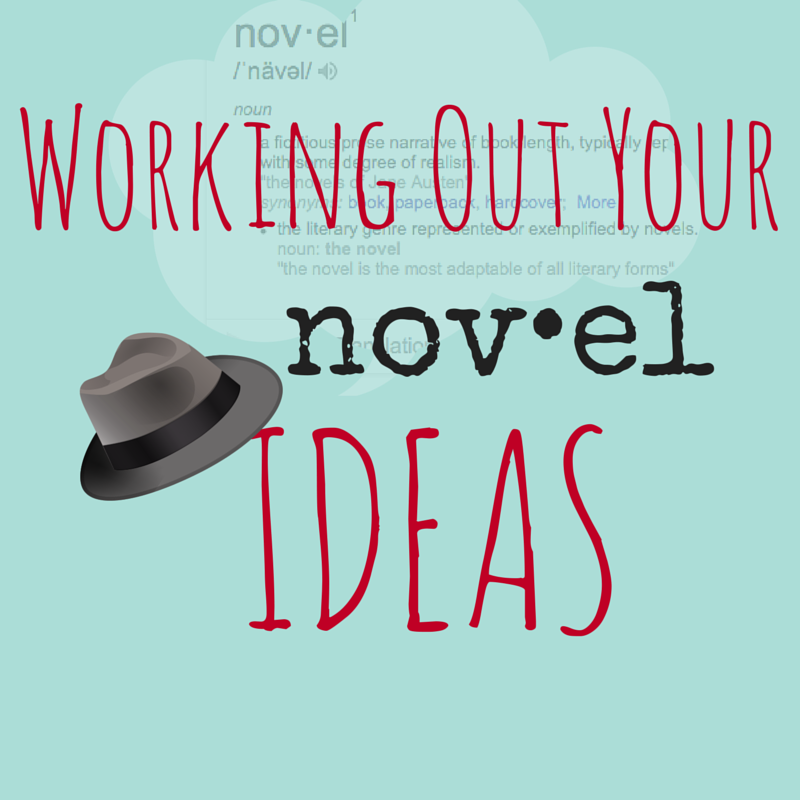On this hangout, myself (Kallie Ross), Gaby Robbins, and Morgan Wylie have some fun fleshing out new novel ideas. With some of the wacky writing exercises I use in the classroom, you’ll see that your own ideas aren’t far from becoming a novel!
If you want to follow along, but hate the idea of missing out on a question, here’s a list of the writing exercises in this hangout…
What’s your story idea?
- We’ll get into people and places soon, so try to focus and write out the action that plays out in your idea. This can be as long as you want it, but challenge yourself to keep it concise. (5-8 sentences)
- To get a grip on the situation you’ve described and create a bit of backstory, explain what let to this happening.
- Who is/are your main character(s)? Don’t go overboard! There shouldn’t be any more than three main characters, and I’d even limit this exercise to two characters at the most. They don’t have to have a name yet, but it will be helpful to describe their character(s) in 3-5 specific personality traits (i.e. smart, hot, and shy), and a description of who they are (age, school/job/career, family, and one secret they keep).
What’s the MAIN goal of your story?
- You can get deep with this and write out the external and internal goals of each of your characters, but I suggest that until you know you have enough content to write a riveting, 70k-90k-word novel target the main character(s).
- Goals can be as extravagant as saving the world or as pivotal as having a first kiss. Whatever external goals your characters have there will be internal goals associated with them.
- You might find yourself brainstorming smaller goals that dot themselves through the story. They may lead to achieving the main goal, and that will help you create an action-packed, dramatic tale. Just remember, any smaller goals in the storyline will need to point to accomplishing the main goal to keep your reader turning the pages.
- Make a list of characters that will help and hinder your main character complete their quest/task/job. Next to the description (sister) or name (Eve), explain what their stake is in making it to the end of the story and getting a happily ever after. (Here’s an example… Main Character’s Sister (Eve) – She wants to help slay dragons, but she’s too young and potentially a distraction; Main Character’s Mother – She is on the verge of grounding her daughter for life and if she doesn’t allow the main character to leave the house the entire city might be destroyed by morning.)
What happens if your main character(s) don’t attain their goal?
- This can be a simple reaction or an epic repercussion.
- List a few things that will have to happen to achieve the main goal, and explain why they have to happen to get to the happy ending. (I keep referencing a ‘happy ending’, and you may have a doom and gloom ending in mind. This exercise will still work for that, but I might not read your book.)
- To add tension and dimension to your story, add a few consequences to the steps that are not taken. When the reader thinks/knows there’s a chance the main character might not make it, they’ll keep reading to make sure their favorite characters make it to the end.
What is your main character(s) willing to give up to reach the main goal?
- This can get gritty and real for the character(s) and the reader. Whether they’re willing to give up themselves or willing to give up the life they once knew, it’s not that they have to give up everything. The intrigue and adventure of reading a book is to find out if they will have to, and if they’re willing to give it up when the time comes.
- Reward the character(s) and the readers. Some writers don’t indulge either. Consider honoring your hard working characters and devoted readers with an ending that feels rewarding.
If you’ve made it this far, you probably have a good notion if the content you’ve been imagining is enough to fill a novel with heart wrenching, harrowing characters and a rippling plot. Good luck to you, and if you want to delve into developing the new characters in your story, check out my Character Building Exercises.


Trackbacks/Pingbacks